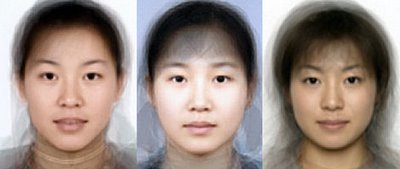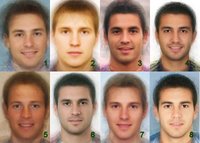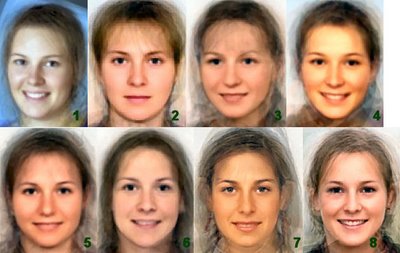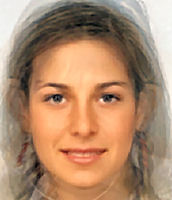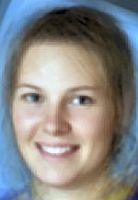Steve Sailer
writes:
One promising possibility is the old chestnut question about why the personalities of today's Scandinavians don't seem all that much like their Viking ancestors. It's possible that the aggressive Viking personality was a winning hand in Darwinian terms back in the Dark Ages when other Europeans didn't have adequate defenses against Viking predations. But by the Middle Ages, Europeans had evolved the security system called feudalism and the Vikings were forced to stay home. The most aggressive then tended to slaughter each other in the kind of honor feuds described in Icelandic sagas, while the milder sorts kept their heads down, survived, and multiplied. (On the other hand, I'm rather skeptical of the notion that one group is more or less violent than another group, since humans seem to have a lot of capacity for violence. A nonviolent group probably wouldn't have survived. The obvious differences are in tendencies toward organized and disorganized violence.)
I was planning to compose a longer entry on the importance of migration in human evolution, but I don't think I will have the time to finish it (with all the
morphing that I've been doing lately :) ) But, here is the gist of the idea:
Often, when we think of evolution, we think of it as being driven by differences in genetic fitness of different phenotypes, which correspond to differences in genetic fitness of individual "selfish" genes. Thus, we think of evolution if one phenotype or gene is more successful than another, and hence produces more of its copies in the next generation.
However, evolution can still occur even if all phenotypes and genes are equally successful in reproducing themselves. This is due to the fact that human populations are geographically and socially structured.If in a given environment E, phenotype A is superior to phenotype B, then we would expect (over time) to see more of phenotype A and less of phenotype B. That is the essence of selection.
But, in the words of Epicurus "
necessity is evil, but there is no reason to live under necessity".
In other words, humans -being the adaptible creatures that we are- often don't stick around in adverse environment E. Rather, quite often, the members of the disadvantaged phenotype B will find a new niche for themselves, either a new social niche, or -by migration- a new geographical one.
This type of
population partition is -I believe- an important feature of human evolution, because of our enormous capacity to foresee the future and plan ahead.
Let's take Sailer's Vikings who inspired this blog entry. The Vikings stand at the middle of a long history of migrations of Germanic peoples out of northern Europe. Importantly, the people who left northern Europe (e.g., the Visigoths , the Varangians, the Vandals, etc.) represented the more active and warlike elements in the local population. They were the ones who when faced with poverty, climatic change, or population overflow, decided to find a new home by migration, war, and conquest. Consequently, modern Scandinavians are descended from the leftovers of those great movements. So, it should not come as a surprise that they are so passive, peace-loving and unlike the medieval Scandinavians who terrorized Europe.
Even earlier events in human evolution can be explained by looking at migration processes. For example, Polynesians and Ethiopians are both descended from the same African ancestors of the Upper Paleolithic. But, whereas the Ethiopians stayed close to the human cradle, the Polynesians are descended from the people who moved across Eurasia in a few thousand years and then made an almost crazy journey of colonization with primitive boats across the vast expanses of the Pacific Ocean. So, we should be willing to concede that some of the differences between the two peoples are due not only to long separate evolution, but also to the different kinds of people that would end up in the middle of the Pacific vs. the ones who would remain in the Horn of Africa.
The recent Americans are of course another classical example of the same process. European Americans differ from Europeans because they evolved (biologically and culturally) separately from their European ancestors, but they are also different because they are descended from a particular kind of European, who, being uncomfortable at home, decided to make a fresh start in the New World.
The destinations of migration processes tend to accumulate two kinds of individuals:
The
adventurer type is the one who perceives opportunity and seizes it. The early Neolithic colonization, or the early American colonization is probably attributed to adventurer types.
The
outcast type is the one who is uncompetitive and seeks a new homeland where competition is less fierce. The later American colonization, and probably the colonization of the ecologically extreme regions of the world was (is?) effected chiefly by outcast types.
(More later...)
 Nature 440, 676-679 (30 March 2006)
Nature 440, 676-679 (30 March 2006)





